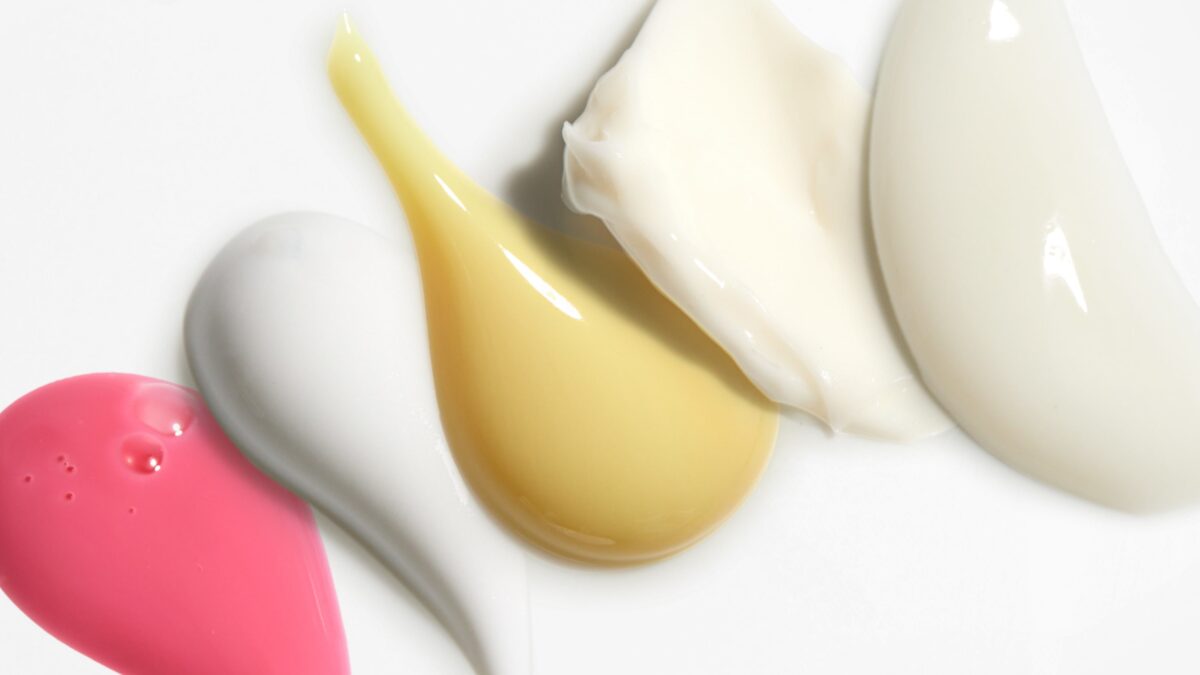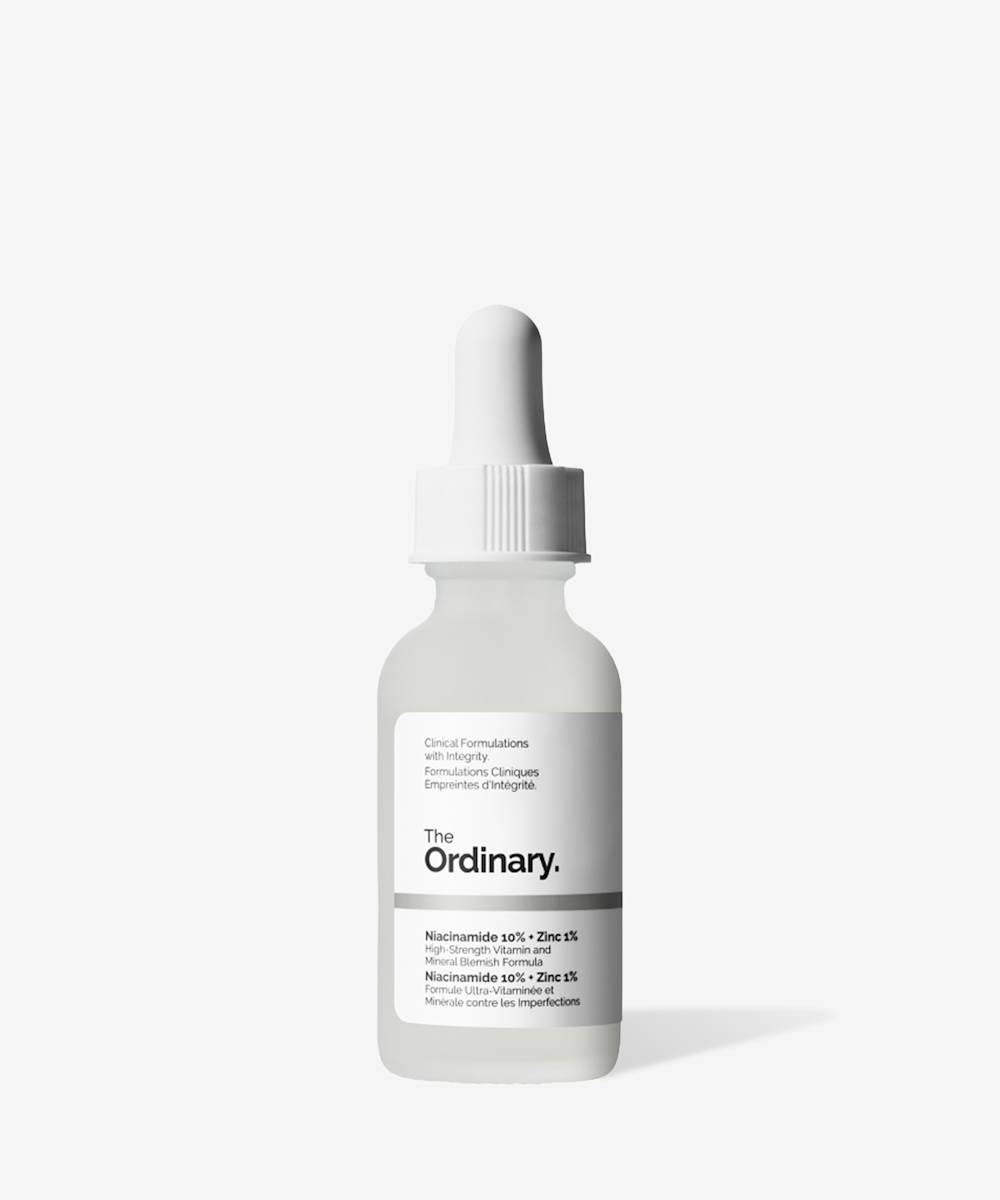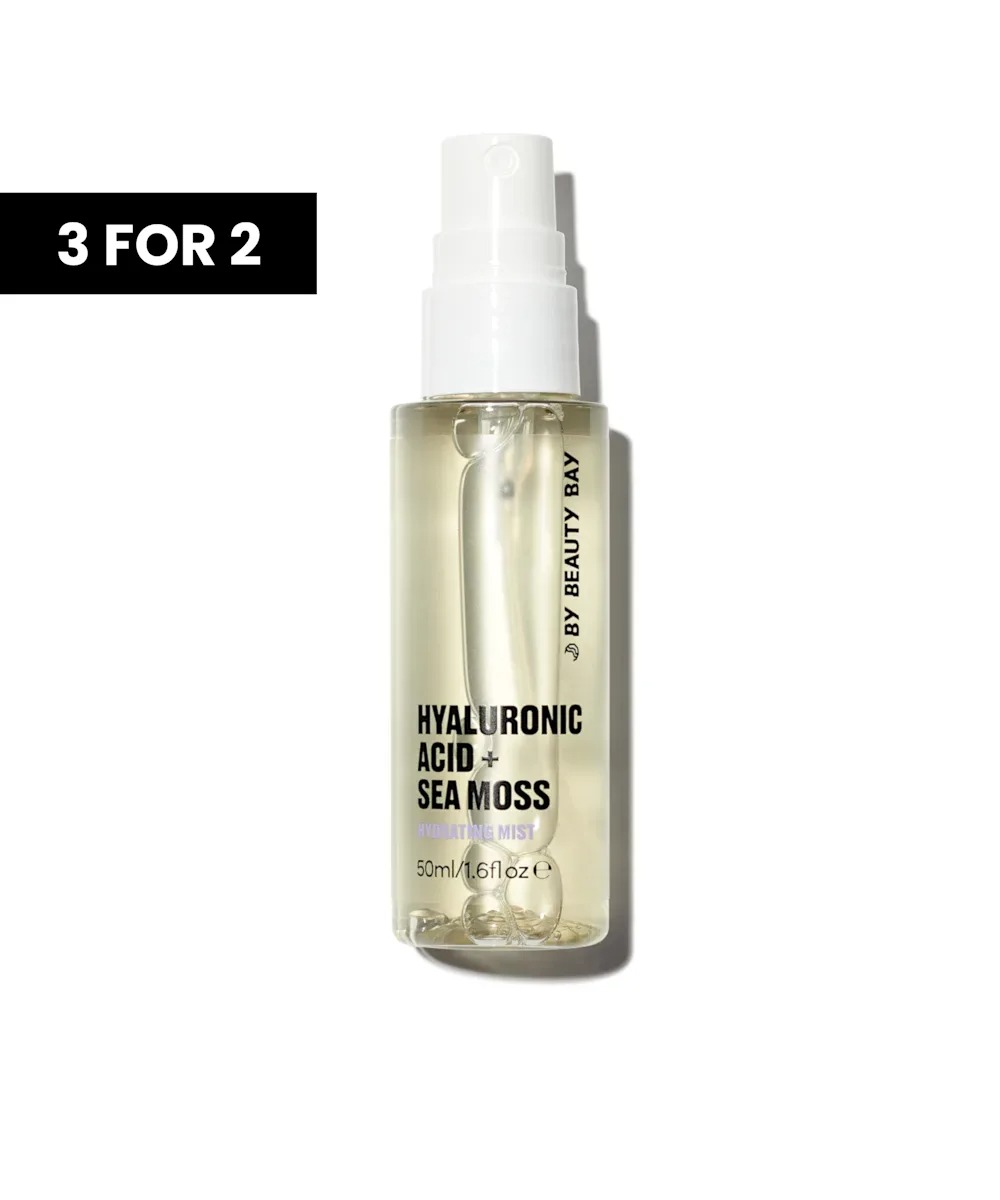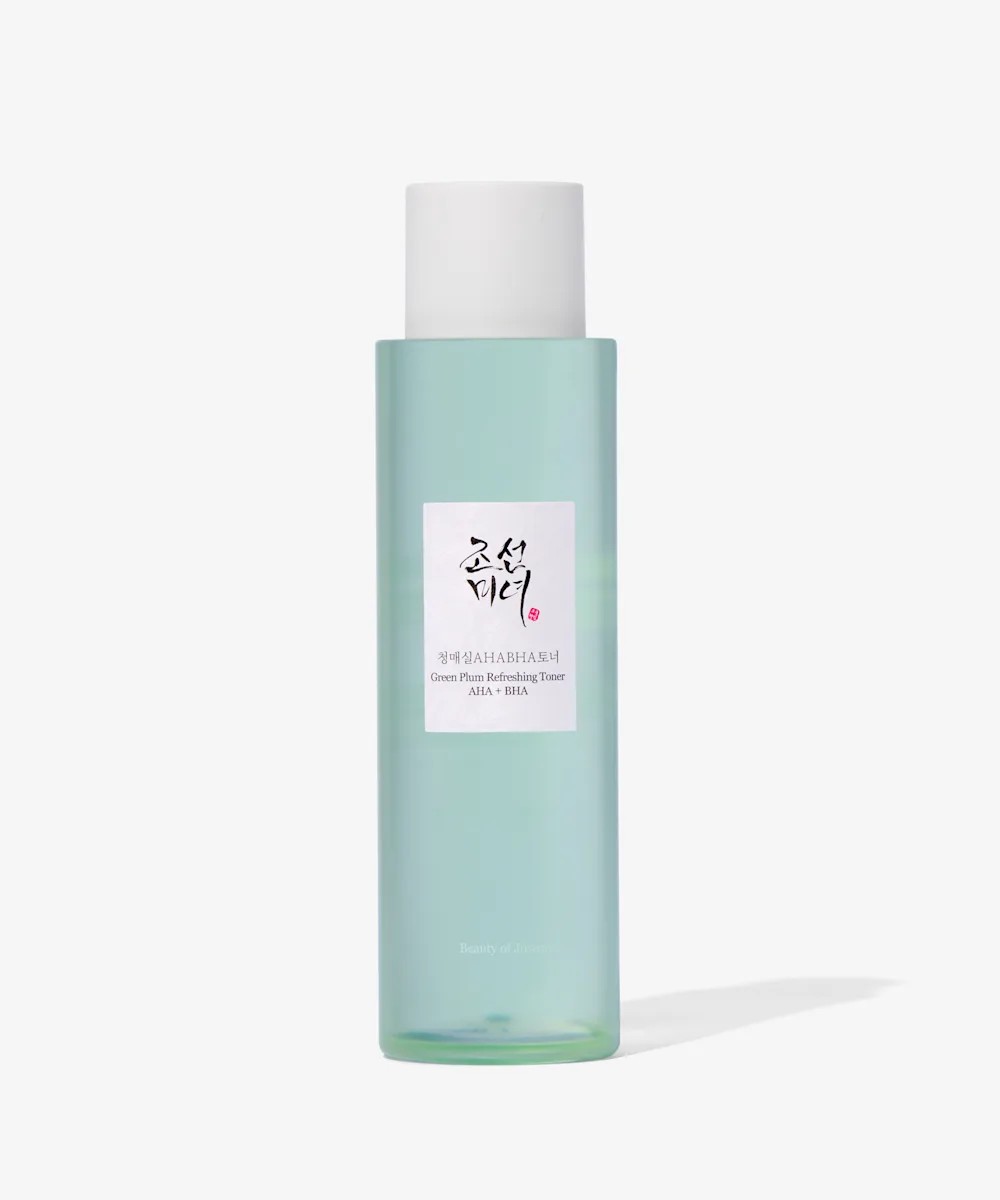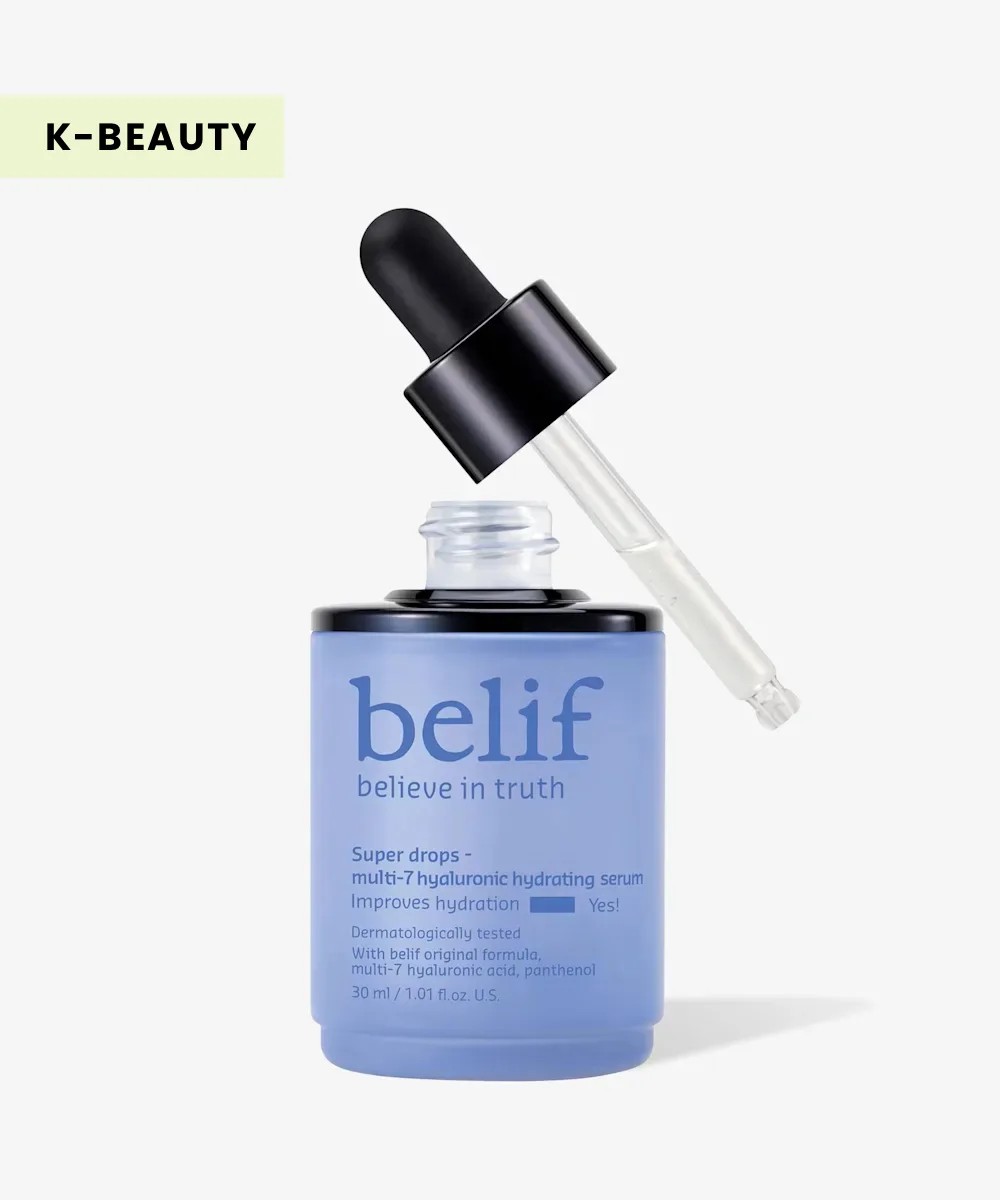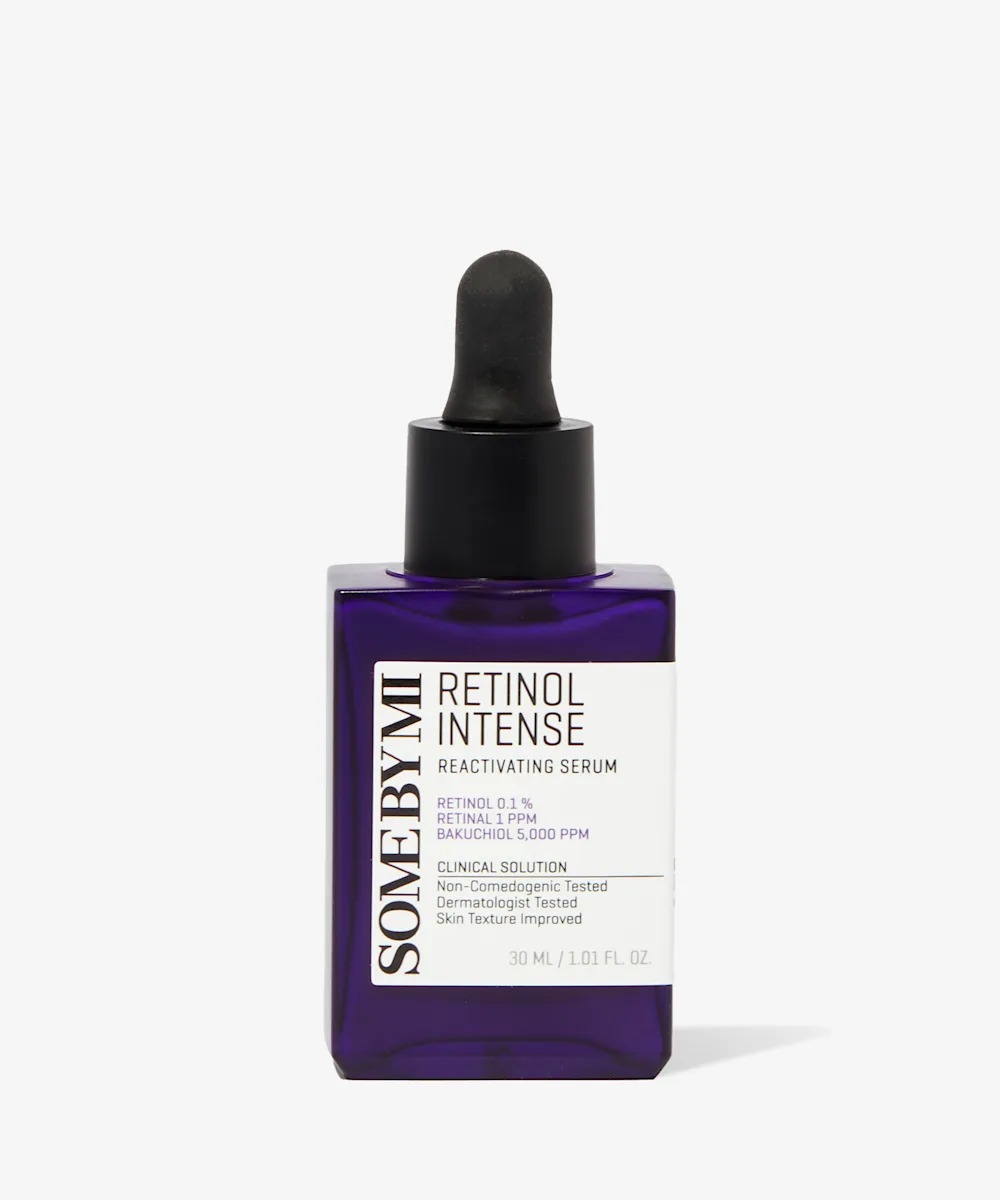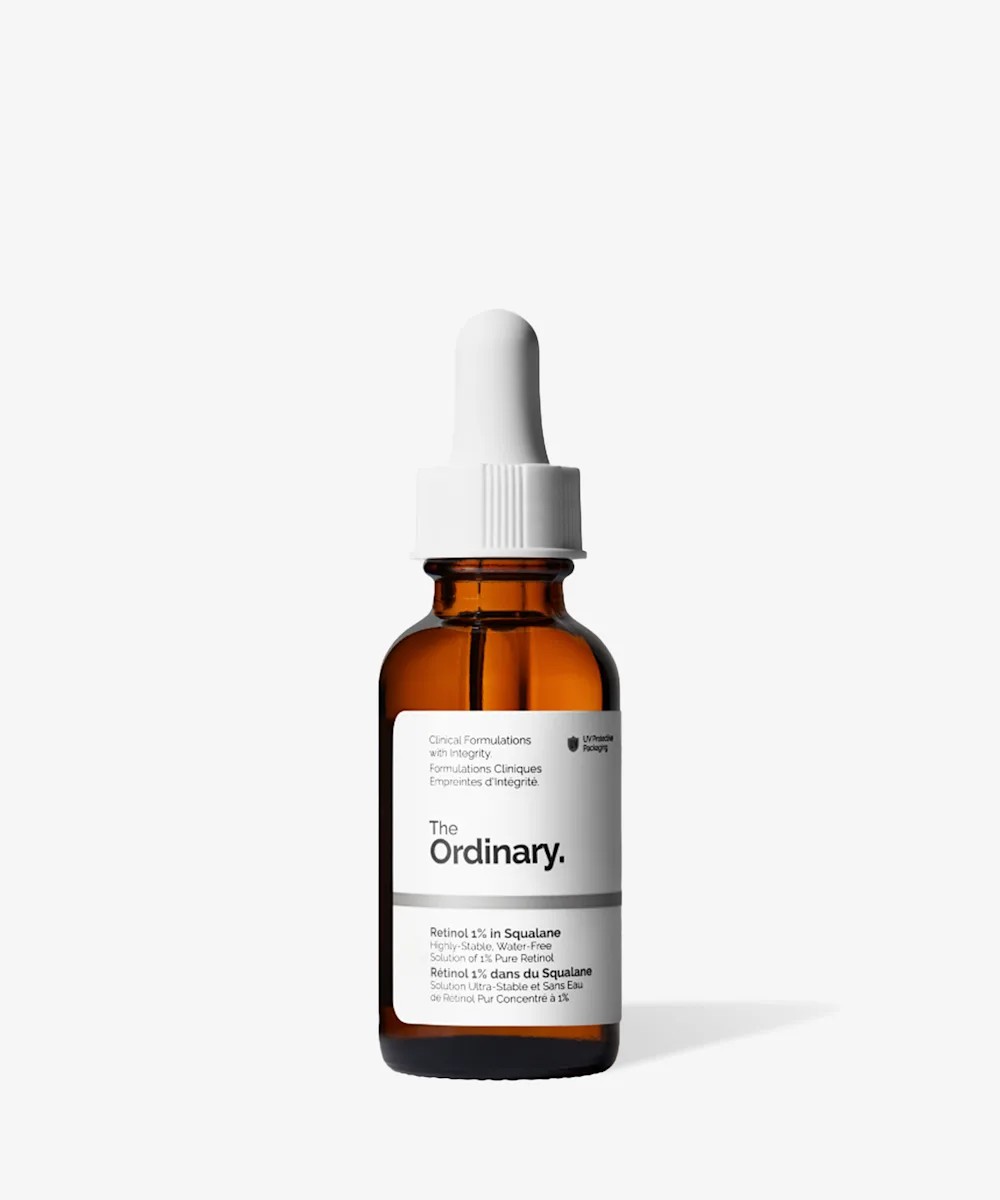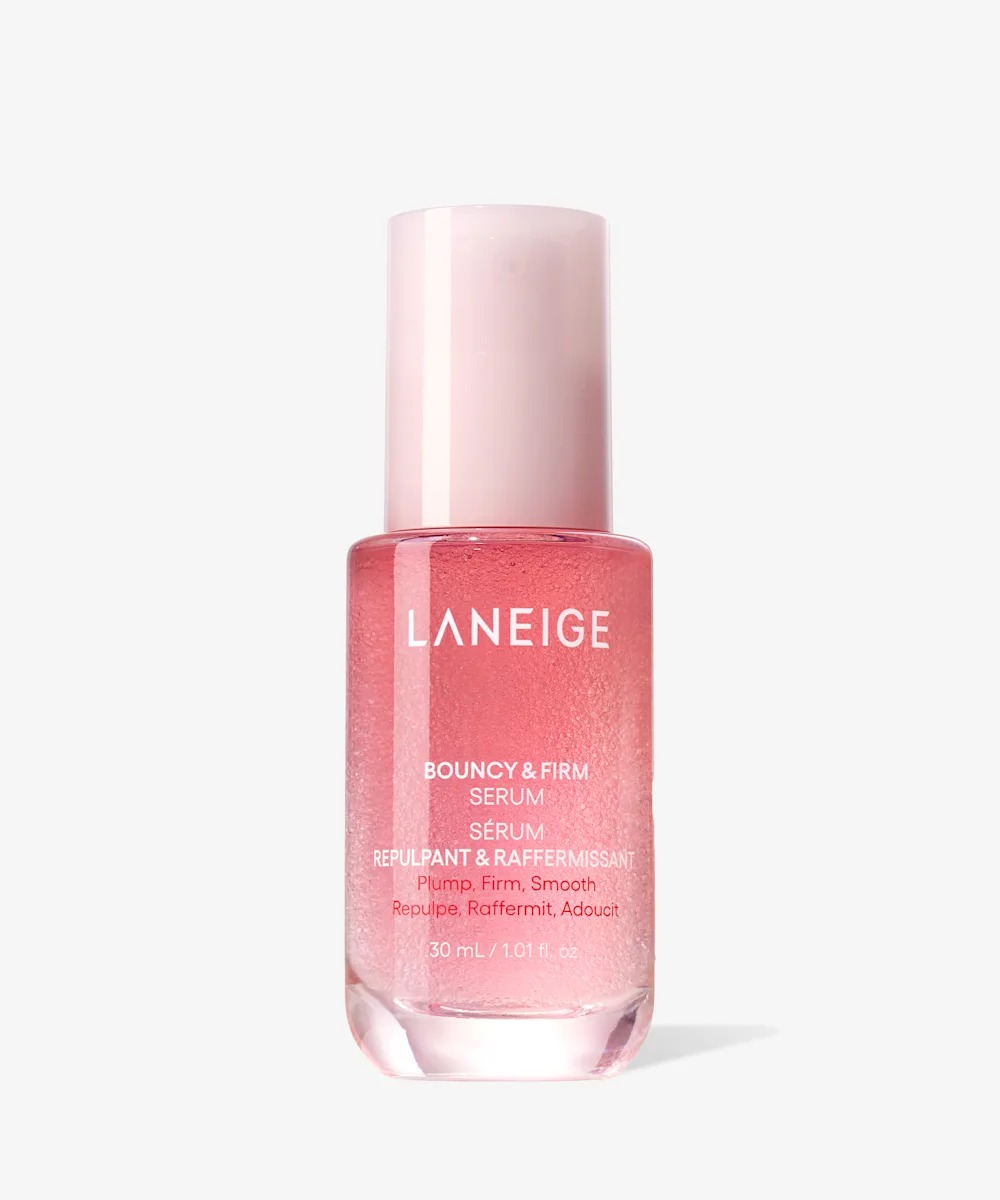Our AM and PM skincare routines are one of the highlights of our day here at BEAUTY BAY (cute or sad, who knows?) We love adding in new and trending products that slot right in with our carefully crafted routines. But when said product or a new ingredient doesn’t quite sing in tune with our skin or other skincare? Cue the violins.
Sometimes it can just be down to different skin types, needs, and tolerances. But sometimes, it can be down to mixing certain skincare ingredients that don’t mix well or complement one another. Whether it’s experiencing redness or a compromised skin barrier, or just noticing no difference whatsoever, we’ve popped together a simple guide to mixing skincare ingredients so you can avoid irritated skin and of course, wasting that precious new product.
The Skincare Ingredients You Shouldn’t Mix
1. Vitamin C + AHAs/BHAs
Vitamin C is effectively an acid (it’s sometimes known as ascorbic acid), so layering vitamin C with AHAs and BHAs like glycolic, salicylic, and lactic acids isn’t recommended. Vitamin C is also known for its instability, which essentially means it can degrade or lose effectiveness when exposed to light, air, heat, and other intense ingredients – like AHAs and BHAs.
2. Retinol + AHAs/BHAs
AHAs and BHAs are intense exfoliators, and although retinol doesn’t exfoliate quite as much, it’s also a peeling agent that stimulates cell turnover to get rid of old and damaged skin cells. Mixing retinol with acids can cause dryness and irritation and damage the skin’s moisture barrier.
When layered together, retinol and AHAs/BHAs can also increase the skin’s sensitivity to the sun, meaning you’re at a much higher risk of burning your skin and causing UV damage. So, it’s recommended to use these ingredients on alternate days or weeks if you want to reap the benefits of both.
3. Retinol + Vitamin C
Should you use retinol and vitamin C together? Layering the two can be yet another recipe for irritation, peeling, and redness, especially for sensitive skin, as these are very active ingredients.
However, both ingredients are firm favourites in many skincare routines when used separately and at different times of the day. It’s best to use vitamin C in the morning to help boost collagen production and provide antioxidant protection throughout the day. And retinol is best used as part of your nighttime skincare routine as it stimulates fibroblast activity and produces collagen.
4. Glycolic Acid + Salicylic Acid
Both glycolic acid and salicylic acid work by removing dead skin cells from the upper layers of your skin, which means you could be getting double the exfoliation – which you don’t need. Glycolic acid and salicylic acid are great ingredients used separately (or in pre-formulated blends) but mixing the two yourself could cause a major reaction, irritation, and compromise your skin barrier.
5. Water-based and oil-based skincare
Whether it’s skincare or otherwise, oil and water don’t mix. In fact, oil actually repels water, so when it comes to your skincare, using an oil-based product will leave a film on your skin which prevents water-based formulas from absorbing. If you want to use both formulas in the same routine, apply your water-based products first, and oil-based products on top.
The Skincare Ingredients You Can Mix
1. Vitamin C + Niacinamide
Despite speculation from previous years that advised not using vitamin C and niacinamide together, the two can complement one another. Either use them together or at different times during the day, as the two can work together to brighten and even skin tone.
Our favourite Vitamin C + Niacinamide combination:
2. Hyaluronic Acid + AHAs/BHAs
As AHAs and BHAs chemically exfoliate skin to remove dead cells, your skin can sometimes be in need of a gentle serum afterwards. Hyaluronic acid is a soothing and hydrating acid that works well with a lot of skincare ingredients, but especially AHAs and BHAs as it’s non-clogging and calming for breakout-prone skin.
Our favourite Hyaluronic Acid + AHA/BHA combination:
3. Hyaluronic Acid + Retinol
If you’re wondering if you can use hyaluronic acid with retinol, you can. Although retinol is a dermatologist-recommended skincare ingredient, it can sometimes be irritating and extremely drying as it promotes surface cell turnover and can leave skin feeling tight. As hyaluronic acid is a humectant, it holds moisture in your skin to deeply hydrate and leave skin feeling plumper and looking more youthful.
Our favourite Hyaluronic Acid + Retinol combination:
4. Niacinamide + Retinol
A potential side effect of retinol is irritation, which niacinamide can help with. Layering niacinamide before retinol can reduce inflammation and strengthen the skin barrier over time to make it more resistant to irritation. Both ingredients also help with hyperpigmentation as retinol boosts cell turnover to reveal refreshed and younger-looking skin, whilst niacinamide brightens skin by lightening dark spots.
Our favourite Niacinamide + Retinol combination:
5. Vitamin C + SPF
Although you should be applying SPF every day, and it works with every skincare ingredient, SPF and vitamin C work particularly well together. This is because the antioxidant properties of vitamin C pair well with the protective powers of sunscreen, enhancing your skin’s defense from sun exposure and pollution.
Long-term research actually shows that combining vitamin C and SPF can help prevent long-term pigmentation from sun damage. Plus, whilst SPF protects the skin from UV damage, vitamin C can help to reduce and repair the damage.
Our favourite Vitamin C + SPF combination:
An Easy Way To Layer Skincare Ingredients
If you’re looking for a safe way to mix skincare ingredients, try the below skincare routines for AM and PM. Both combinations will avoid irritation and help you get the most effective results from your products.
AM Skincare Ingredient Routine:
– Niacinamide
– Vitamin C
– SPF
PM Skincare Ingredient Routine:
– Retinoids/ AHAs and BHAs (alternate daily or weekly)
– Hyaluronic Acid
